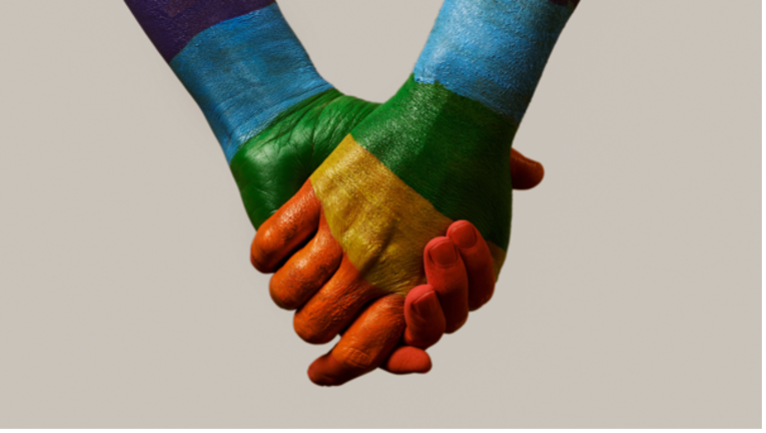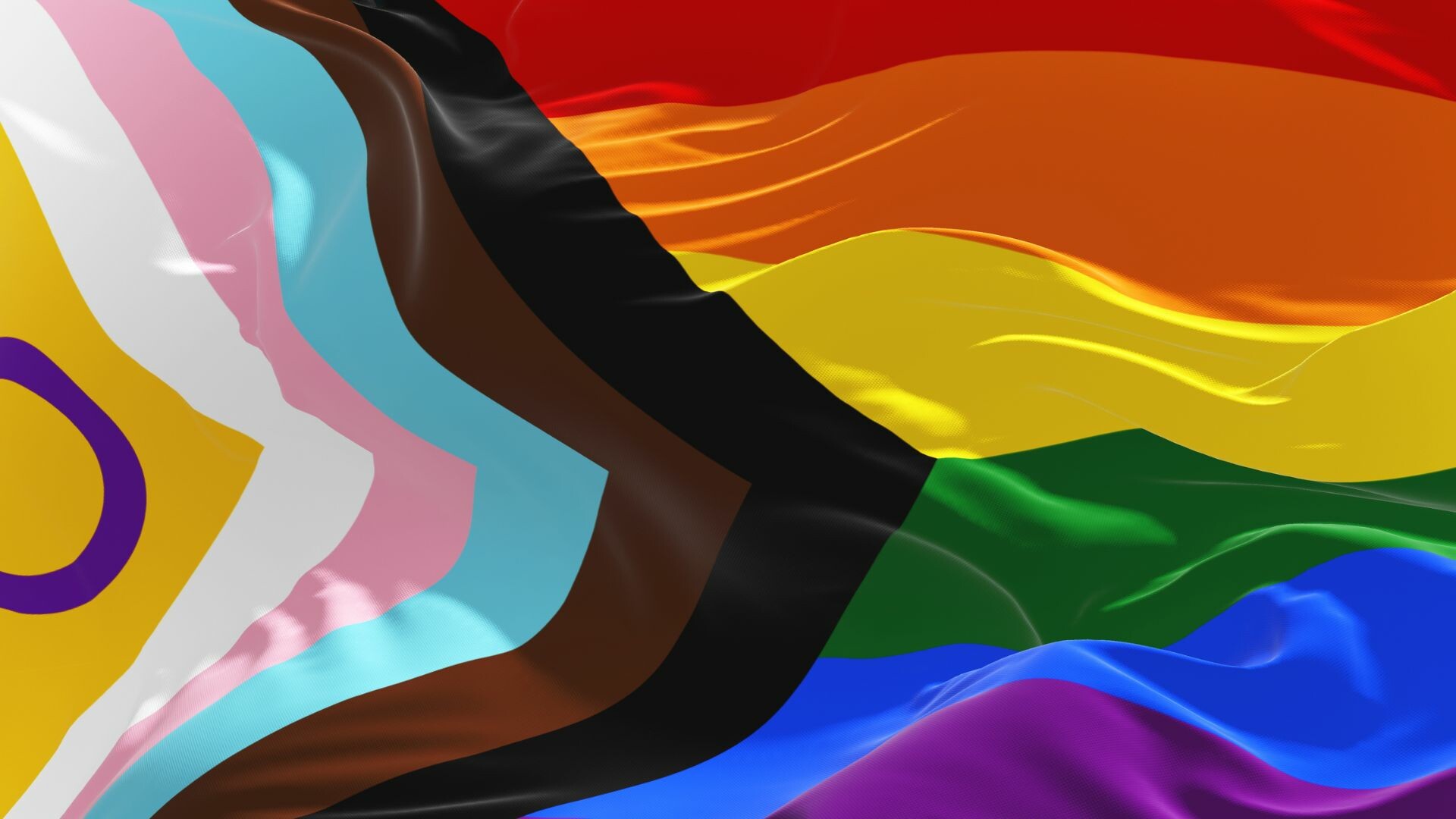About the Author: Hi, I’m Matthew Bleaney – a Marketing Executive at TEAM LEWIS UK. I am non-binary and passionate about LGBTQ+ activism. I studied Marketing at the University of Plymouth and researched the effects of Pinkwashing on Brand Perception. I have since been a part of the DICE team at the UK office and support the goal of creating a more inclusive world.
The flurry of rainbow logos means one thing – Pride month is here. But with consumers continuing to scrutinise companies’ commitment to social causes, how many more brands are likely to be called out for Pinkwashing? And what do companies need to do to better support the LGBTQ+ community?
Brands like Budweiser and Target are already under fire over their inauthentic LGBTQ+ activism. CSR (Corporate Social Responsibility) efforts, ESG (Environmental, Social and Governance), and EDI (Equality, Diversity and Inclusivity) claims are being held under a magnifying glass. Particularly if it’s not immediately clear whether a brand genuinely supports LGBTQ+ rights and issues or is more interested in using them as a platform to market themselves.
What is Pinkwashing?
Similar to Greenwashing, Pinkwashing refers to a business that exaggerates its stance on LGBTQ+ rights to enhance its brand, reputation or even its market valuation. It can also be referred to as Rainbow-washing, Rainbow Capitalism or Consumer Queerbaiting.
Over the past few years, many companies have been accused of Pinkwashing at a corporate level. Pride campaigns have added to this, creating a “trend” every June. Many big brands have profited from LGBTQ+ associations without genuinely furthering their causes. It is not enough to just donate money to LGBTQ+ charities. And adding rainbows to your brand’s logo doesn’t cut it anymore.

The Importance of Activism
LGBTQ+ rights are constantly under threat. Even in the most egalitarian of countries. Now more than ever, the community needs to be supported by brands that have no agenda but to help. Performative activism isn’t helping and isn’t enough.
With many brands hopping aboard the Pride parade, it’s hard for consumers to distinguish which are genuine. LGBTQ+ people are sceptical of Pride marketing.
The key is authenticity. LGBTQ+ activism should be reflected in the core principles of the business. It should be evidenced throughout – from employment policies and operational practices to representation in marketing. It ensures that when brands do channel activist movements, it is through a genuine desire to further the cause, not increase profits.
Related Content: Is Greenwashing on the Rise?: How to Approach ESG Comms in an Era of Increased Scrutiny
What should we have learned so far?
Recently, Target and Budweiser came under fire for Pinkwashing. Both brands initially showed their support for the community with campaigns that included influencers and Pride products. Issues arose with a backlash from a range of different sources including those taking an anti-LGBTQ+ position. Instead of standing by the campaigns, both brands eventually backtracked removing their collections and communications.
This backlash is something the LGBTQ+ community faces every day, yet they continue to emerge stronger and battle for their rights. Brands that retreat from LGBTQ+ activism in situations like these demonstrate that there is little conviction behind their action. They quickly eradicate any meaning or purpose they may have had within their efforts.
It is possible for brands to create LGBTQ+ communications that support activism and are welcomed by the community. Disney was criticised by the public for opposing the “Don’t Say Gay” bill in Florida when it still edited LGBTQ+ content out of films for anti-LGBTQ+ countries.
Acknowledging this inconsistency, the media giant learned from its mistakes. With the release of more recent films, an example being Lightyear, the brand chose not to release the movies in these markets or provide edited versions. This was appreciated by the community, as no profit was to be gained from this move and activism motives shined through.
Disney learned from its mistake and understood how to be a better LGBTQ+ ally. Of course, its journey isn’t over, but this case shows us that brands can listen, learn and do better. By incorporating LGBTQ+ activism into the company’s ethos.

How to channel authentic communications?
Actions speak louder than words. A simple logo change or brief campaign is meaningless in the eyes of LGBTQ+ communities. Tangible change is what’s needed. Channel LGBTQ+ activism throughout all areas of your business and support change that is needed to bring equity.
Here are our top tips to help incorporate authentic LGBTQ+ activism into your brand:
- Get involved with the community – Get your employees out and about supporting diverse causes. This will help further their understanding of issues within the community.
- Support starts at home – Listen to and address any concerns in your own business. Activism begins from within and spreads out.
- Amplify LGBTQ+ voices – Give them the power to tell their stories and action change within your brand. Listen to people inside your business or seek outside voices.
- Be transparent with charity donations – Make sure your consumers are aware that their purchase will support the charity/charities.
- Support the minorities within the minority – Gay men get a lot of attention during Pride month, but they’re only one letter in the acronym. Incorporate the intersectionality of the community and spotlight other groups.
- LGBTQ+ support isn’t just for Pride month – Work out ways to support the community all year round. Your activism should spread throughout the whole year.
- Don’t be afraid of criticism – The world of cancel culture is scary. But take criticism as a chance to embrace knowledge and seek avenues that can help you understand the community better.
Avoiding the ‘washing’ minefield is difficult but not impossible. If you want more advice on how to develop positive activism in line with your core business values. Explore our new consultancy practice VIVID and get in touch.



